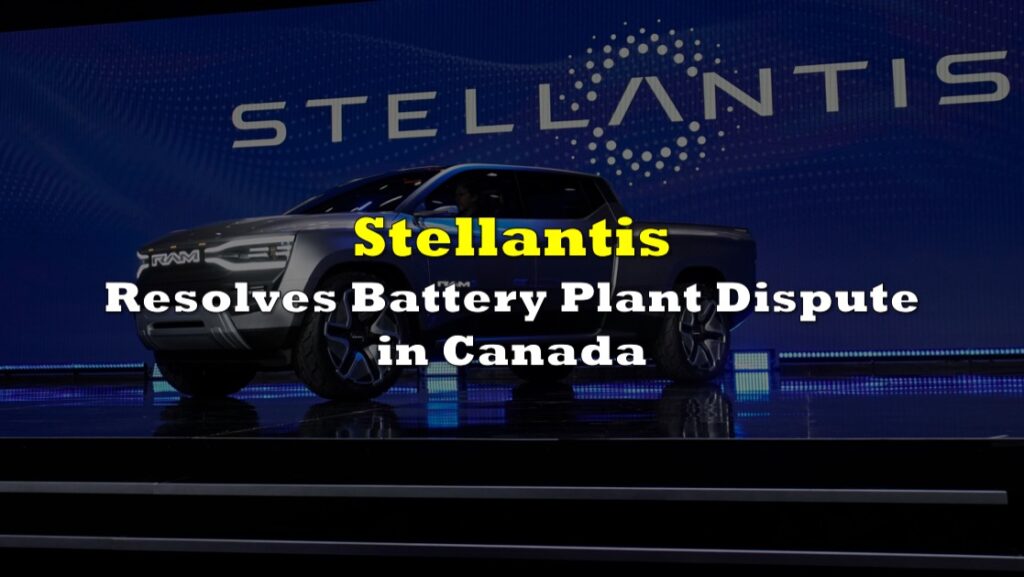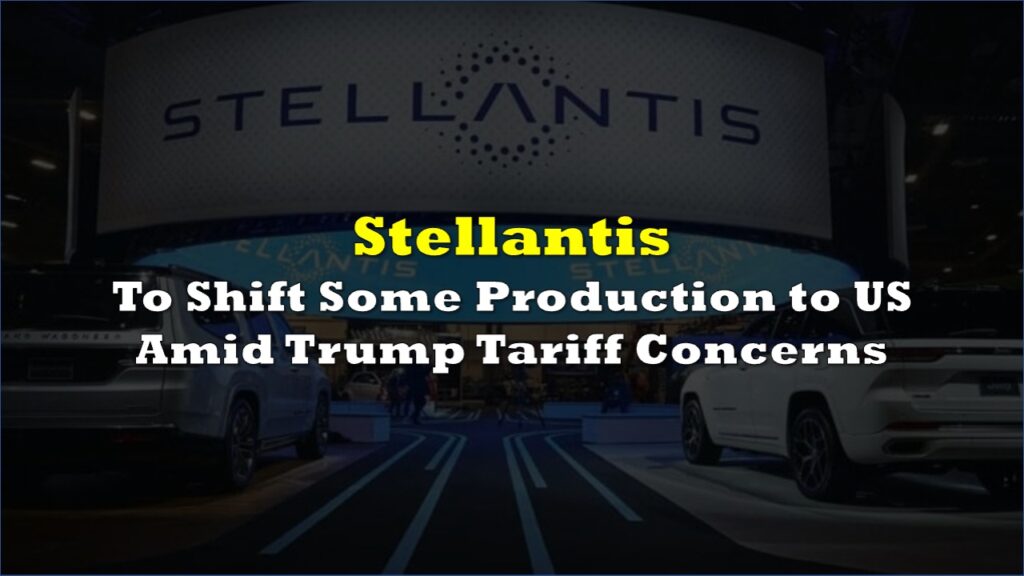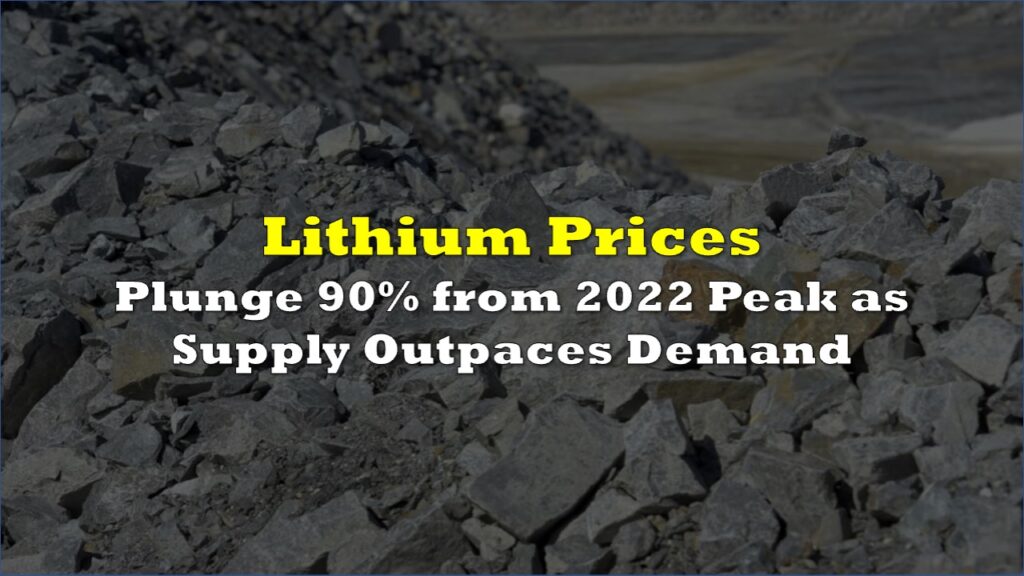Stellantis (NYSE: STLA) and Contemporary Amperex Technology Co., Limited (CATL) have announced a €4.1 billion joint investment to establish a large-scale lithium iron phosphate battery production facility in Zaragoza, Spain.
The plant, located at Stellantis’ existing manufacturing site, is projected to start operations by late 2026, ultimately achieving an annual production capacity of up to 50 gigawatt-hours. This capacity is expected to significantly bolster Stellantis’ efforts to make electric vehicles more affordable and accessible across key market segments.
The collaboration between Stellantis and CATL leverages advanced LFP chemistry, which offers durability, affordability, and enhanced safety compared to other battery types. LFP batteries also reduce reliance on scarce and costly materials such as nickel and cobalt, aligning with global efforts to create more sustainable supply chains.
“This important joint venture with our partner CATL will bring innovative battery production to a manufacturing site that is already a leader in clean and renewable energy, helping drive a 360-degree sustainable approach,” Stellantis Chairman John Elkann stated.
The Zaragoza facility represents a significant addition to CATL’s growing European footprint, which includes operational plants in Germany and Hungary. These facilities have enabled CATL to introduce state-of-the-art battery manufacturing technologies to the continent, making it a central player in Europe’s e-mobility ecosystem.
Robin Zeng, Chairman and CEO of CATL, highlighted the strategic importance of the joint venture: “The cooperation with Stellantis takes our partnership to new heights. Our cutting-edge technology and Stellantis’ decades-long local expertise ensure a major success story for this industry.”
As Europe intensifies its push toward electrification and sustainability, the joint venture is well-positioned to address critical challenges in the EV market. The Zaragoza plant will focus on producing LFP batteries for passenger cars, crossovers, and SUVs in the B and C segments—key markets for intermediate-range EVs.
The facility’s potential capacity of 50 GWh could power over 600,000 EVs annually, depending on vehicle specifications. This is a significant step toward the European Union’s climate goals, which include phasing out internal combustion engines by 2035 and achieving net-zero emissions by 2050.
The investment has drawn strong support from Spanish authorities and the European Union, reflecting their commitment to establishing Europe as a global hub for sustainable battery manufacturing.
The deal, slated to close in 2025, is subject to regulatory approval. Both companies expressed confidence in meeting all necessary conditions, emphasizing their adherence to stringent environmental and operational standards.
Information for this story was found via the sources and companies mentioned. The author has no securities or affiliations related to the organizations discussed. Not a recommendation to buy or sell. Always do additional research and consult a professional before purchasing a security. The author holds no licenses.









